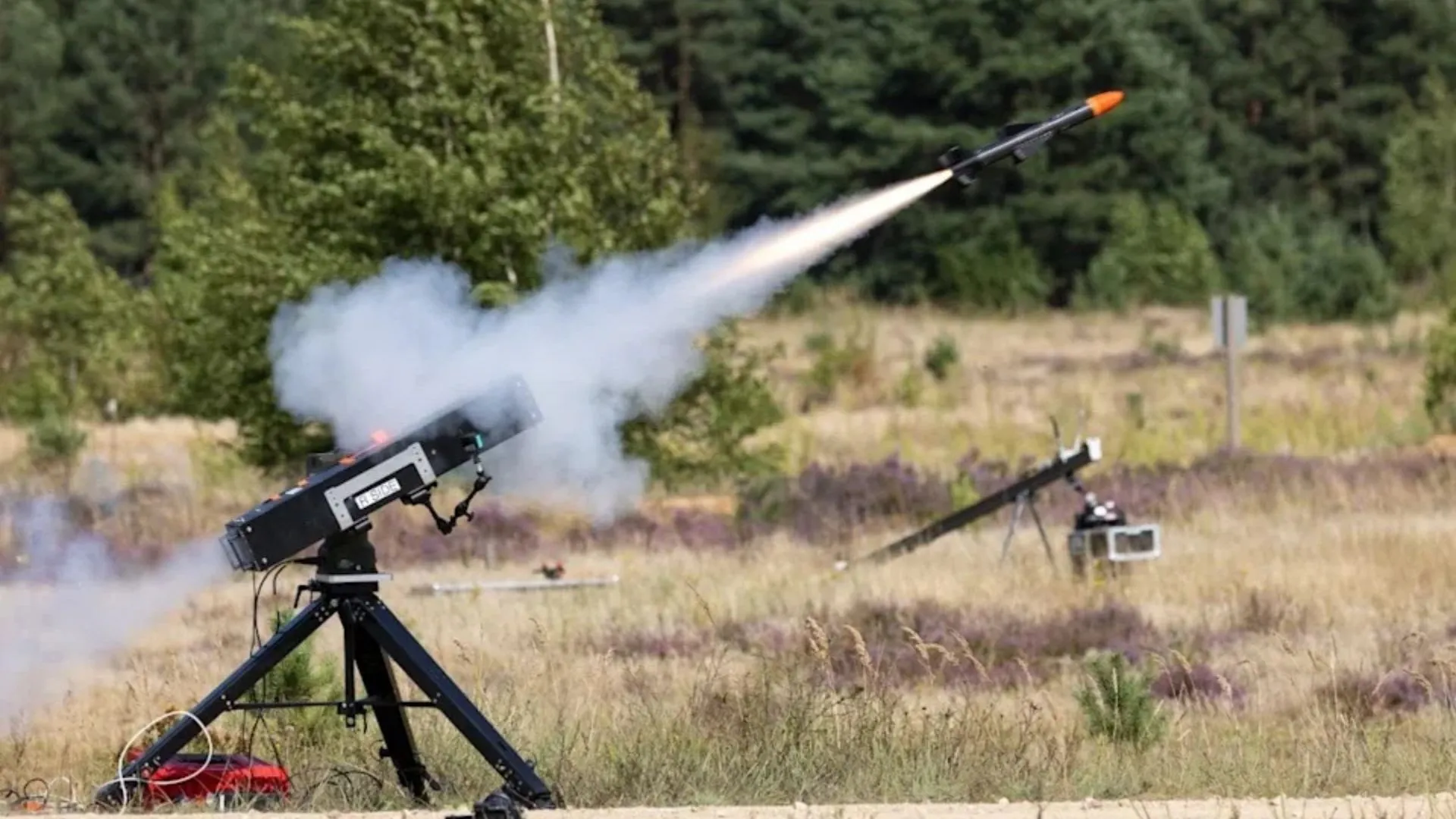Copyright Interesting Engineering

Estonian defense firm Frankenburg Technology has unveiled a new tiny missile to intercept and destroy Russian unmanned aerial vehicles (UAVs). Named the “Mark 1” rocket, it measures 25 inches (65 cm) in length and can be carried in one hand. Despite its size, it is engineered with the singular goal of neutralizing the low-and-slow UAVs Russia has deployed across Ukraine and, increasingly, near European borders. The missile utilizes solid-rocket propulsion and autonomous guidance, enabling it to quickly lock onto UAVs such as the Iranian-made Shahed-131 and Shahed-136. The reason behind the project Estonia has designed the rocket as a fast response to increasing Russian drone activities in NATO airspaces. Countries including Romania, Poland, and Belgium have witnessed and documented incursions since mid-2023. The latest major incident was reported on November 6, when drones were spotted near Brussels Airport, prompting an emergency response. NATO relies on jets to intercept drones – an impactful solution that is costly and inefficient compared to an inexpensive UAV that serves as the target. Frankenburg Technology’s CEO, Kusti Salm, argued that the Mark 1 offers the kind of scalable, affordable defense Europe urgently needs. “We are not afraid to say we are manufacturing them to take down Russian long-range drones,” Salm said. “We are not apologetic about the fact that we manufacture weapons. And we are not all apologetic about the fact that this will be the most-needed capability in the Western world in the next five to 10 years,” he continued. The design philosophy The compact design of the missile has its own advantages. The company revealed that the Mark-1 is not an all-weather, all-theatre solution. Instead, Frankenburg Technology has deliberately balanced low-cost components with acceptable performance, pursuing a pragmatic middle ground between price and precision. The company hopes to increase the Mark 1’s hit rate to 90%, but so far, live-fire results have been mixed: the target reliability has been achieved in roughly half of the 53 recorded tests. Rocket science on a tight budget Frankenburg hired some of the biggest scientists to build this rocket on a tight budget. Andreas Bappert, well-known for designing the highly sought-after Iris-T air defence system now in use across NATO and Ukraine, led this project. Furthermore, they roped in the chief engineer working on the Spear III missile at MBDA UK, along with “Latvian geniuses”, as revealed by Salm. “There are quite a lot of experts who can build warheads, or sensors, or engines. But there are not that many people who can integrate all these sub-systems into a functioning, workable missile – probably a few dozen,” said Fabian Hoffman, a missile technology expert. He further revealed that their simple mission is a major reason why they can draw top talent to work on their project. “There’s a lot of people who wake up in the morning, read the news and are angered by the injustice going on in the world. And we’re one of the very few places in Europe where you can put your talent to work in somehow ending this madness,” he added.



